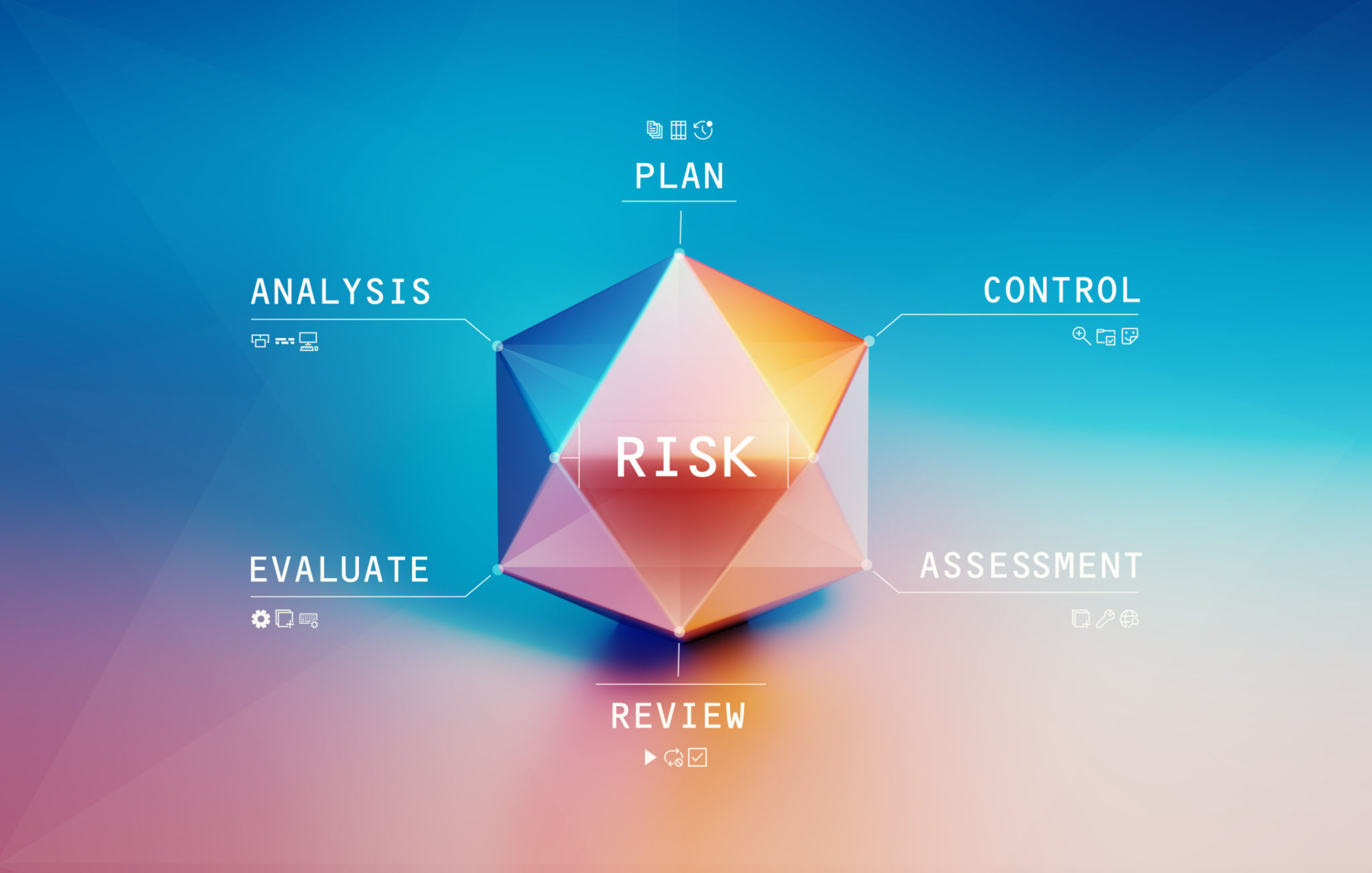How to Implement Smart Risk Tools for Effective Compliance Management
Understanding Smart Risk Tools
In today's rapidly evolving regulatory landscape, businesses are increasingly turning to smart risk tools as a critical component of effective compliance management. These tools harness the power of technology to identify, assess, and mitigate risks, ensuring that organizations remain compliant with ever-changing regulations. But what exactly are smart risk tools, and how can they be implemented effectively?
Smart risk tools are advanced software solutions that utilize data analytics, machine learning, and artificial intelligence to monitor and manage compliance risks. By automating the risk assessment process, these tools provide real-time insights and allow businesses to proactively address potential compliance issues before they escalate.

Benefits of Implementing Smart Risk Tools
Implementing smart risk tools in your compliance management strategy offers numerous benefits. Firstly, they significantly reduce the time and resources needed for manual risk assessments, freeing up your team to focus on strategic initiatives. Additionally, these tools improve accuracy by minimizing the potential for human error.
Another key advantage is the ability to gain comprehensive visibility into your organization's risk landscape. Smart risk tools aggregate data from multiple sources, providing a holistic view of potential threats and vulnerabilities. This empowers decision-makers to prioritize risks and allocate resources more effectively.
Enhancing Decision-Making
By leveraging data-driven insights, smart risk tools enhance decision-making processes. They enable businesses to make informed choices based on real-time data and predictive analytics. This not only strengthens compliance efforts but also supports long-term strategic planning.

Steps to Implement Smart Risk Tools
Successfully implementing smart risk tools requires a structured approach. Here are some essential steps to consider:
- Identify Your Needs: Begin by assessing your organization's specific compliance requirements and risk management goals. This will help you select the right tools that align with your objectives.
- Research Available Solutions: Conduct thorough research to evaluate different smart risk tools available in the market. Consider factors such as features, scalability, ease of integration, and customer support.
- Engage Stakeholders: Involve key stakeholders from various departments to ensure a comprehensive understanding of the risks faced by each area of your organization.
Integration and Training
Once you have chosen a suitable smart risk tool, focus on seamless integration with your existing systems. This often involves working closely with IT teams to ensure compatibility and smooth data flow. Additionally, provide comprehensive training to your staff to maximize the tool's potential.
Regularly update and maintain the system to adapt to new regulatory changes and technological advancements. Continuous learning and adaptation are critical to maintaining effective compliance management.

Measuring Success
To ensure the success of your smart risk tool implementation, establish clear metrics for measuring its effectiveness. Track key performance indicators (KPIs) such as reduced compliance violations, improved risk detection rates, and enhanced response times.
Regularly review these metrics and gather feedback from users to identify areas for improvement. This iterative process will help you refine your compliance management strategy over time.
Future-Proofing Your Compliance Strategy
As technology continues to evolve, so too will the capabilities of smart risk tools. Stay informed about emerging trends and advancements in compliance technology to future-proof your organization's risk management strategy.
By implementing smart risk tools effectively, businesses can navigate the complex regulatory landscape with confidence and achieve sustainable compliance success.
